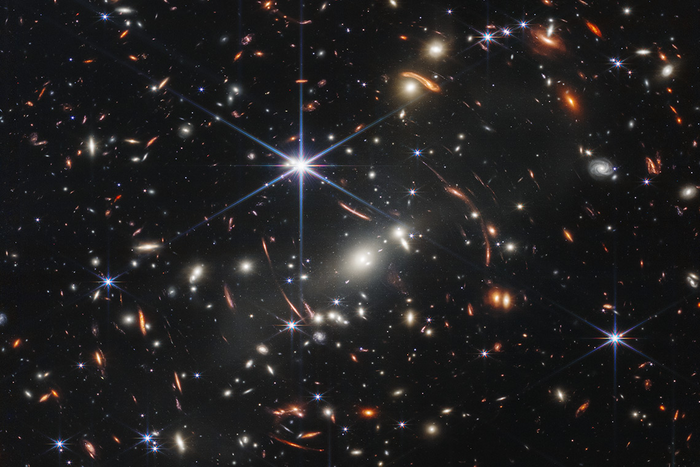The universe may not have begun with the Big Bang as is generally thought but from the collapse of a massive black hole, a new theory suggests.
Current observations of our universe appear to support the Big Bang and cosmic inflation theories, which say that the early universe sprang into existence from a singular moment in space and time and rapidly blew up in size. The theories, however, leave many fundamental questions unanswered.
For one, in the Big Bang model, the universe begins with a singularity, a point of infinite density where the laws of physics break down, making it difficult to understand what existed before the beginning. Two, after the explosion, the universe is said to have undergone accelerating expansion powered by yet unknown forces with strange properties.
That is to say this model of cosmology explains the origin of the universe by introducing new forces and factors that have never been directly observed while still not explaining where everything came from.
The new theory, described recently in the journal Physical Review D, probes what happens when the early universe’s dense collection of matter collapses under gravity instead of tracing back how it all began.
This is a process similar to what happens when stars collapse into black holes, but exactly what is inside these dense cosmic entities remains a mystery.
Current theories state that, under typical conditions, the collapse of extremely dense matter inevitably leads to a singularity.
But how exactly the rules of quantum mechanics, which dictate the behaviour of tiny particles, apply at the ultrasmall scales of a singularity is unknown.

The new theory proposes that a gravitational collapse does not necessarily have to end in a singularity. It uses mathematical equations to show a collapsing cloud of matter can become extremely dense and then “bounce” and rebound outward into a new expanding phase.
“The bounce is not only possible, it’s inevitable under the right conditions,” study author Enrique Gaztanaga writes in The Conversation.
“The cosmological implication of this new approach is a novel understanding of the origin of the universe that emerges from the collapse and subsequent bounce of a spherically symmetric matter distribution.”
The theory combines the framework of general relativity, which applies to largescale cosmic objects like stars and galaxies, with the principles of quantum mechanics that dictate how tiny atoms and particles behave.
Crucially, it explains an early state universe without implying the existence of mysterious forces.
The new theory is also testable as it predicts that the universe is not flat but slightly curved like the surface of the Earth, researchers say.
If future observations can confirm that the shape of the universe indeed has a small curvature, it could suggest that it all began from a bounce.
“The smoking gun for our bouncing scenario is the presence of a small spatial curvature,” researchers write.
Scientists hope further development of the theory can shed more light on current cosmic mysteries like the origin of monster black holes, the nature of dark matter, and factors influencing the evolution of galaxies.
“The black hole universe also offers a new perspective on our place in the cosmos,” Dr Gaztanaga writes. “In this framework, our entire observable universe lies inside the interior of a black hole formed in some larger ‘parent’ universe.”





